Introduction to C-Section
By: Administrator
Date Uploaded: 05/02/2019
Tags: Caesarean section
Attachments: image.png (25KB)
Caesarean section, also known as C-section, or caesarean delivery, is the use of surgery to deliver babies. A caesarean section is often necessary when a vaginal delivery would put the baby or mother at risk. This may include obstructed labor, twin pregnancy, high blood pressure in the mother, breech birth, or problems with the placenta or umbilical cord. A caesarean delivery may be performed based upon the shape of the mother's pelvis or history of a previous C-section. A trial of vaginal birth after C-section may be possible. The World Health Organization recommends that caesarean section be performed only when medically necessary. Some C-sections are performed without a medical reason, upon request by someone, usually the mother. A C-section typically takes 45 minutes to an hour. It may be done with a spinal block, where the woman is awake or under general anesthesia. A urinary catheter is used to drain the bladder, and the skin of the abdomen is then cleaned with an antiseptic. An incision of about 15 cm (6 inches) is then typically made through the mother's lower abdomen. The uterus is then opened with a second incision and the baby delivered. The incisions are then stitched closed. A woman can typically begin breastfeeding as soon as she is out of the operating room and awake. Often, several days are required in the hospital to recover sufficiently to return home. C-sections result in a small overall increase in poor outcomes in low-risk pregnancies. They also typically take longer to heal from, about six weeks, than vaginal birth. The increased risks include breathing problems in the baby and amniotic fluid embolism and postpartum bleeding in the mother. Established guidelines recommend that caesarean sections not be used before 39 weeks of pregnancy without a medical reason. The method of delivery does not appear to have an effect on subsequent sexual function. In 2012, about 23 million C-sections were done globally. The international healthcare community has previously considered the rate of 10% and 15% to be ideal for caesarean sections. Some evidence finds a higher rate of 19% may result in better outcomes. More than 45 countries globally have C-section rates less than 7.5%, while more than 50 have rates greater than 27%. Efforts are being made to both improve access to and reduce the use of C-section. In the United States as of 2017, about 32% of deliveries are by C-section. The surgery has been performed at least as far back as 715 BC following the death of the mother, with the baby occasionally surviving. Descriptions of mothers surviving date back to 1500. With the introduction of antiseptics and anesthetics in the 19th century, survival of both the mother and baby became common.
Add To
You must login to add videos to your playlists.
Advertisement



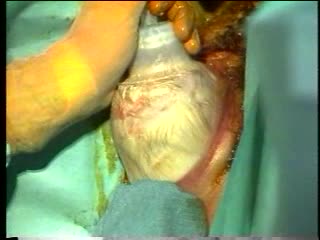
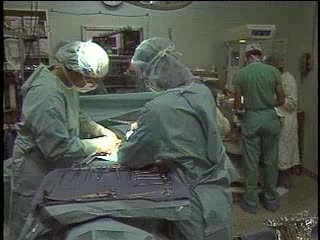

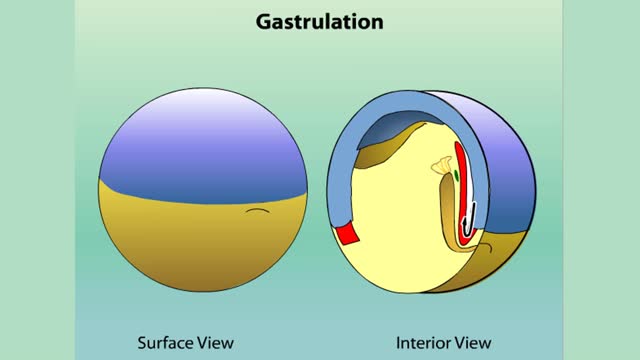
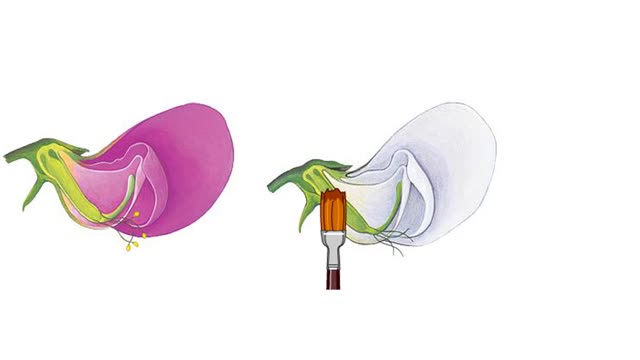

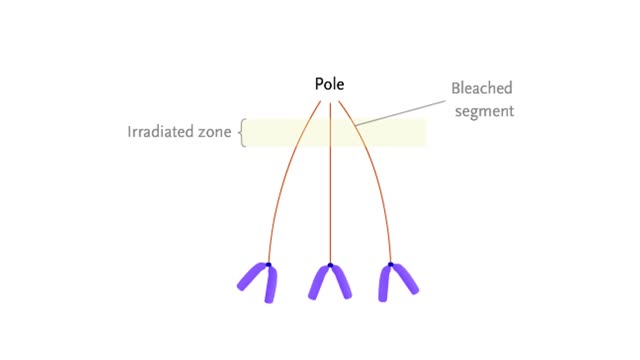
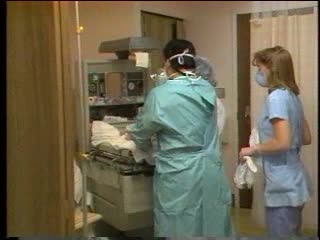

Comments
0 Comments total
Sign In to post comments.
No comments have been posted for this video yet.